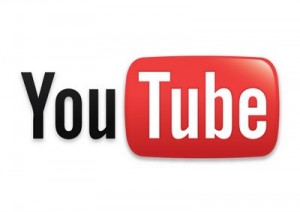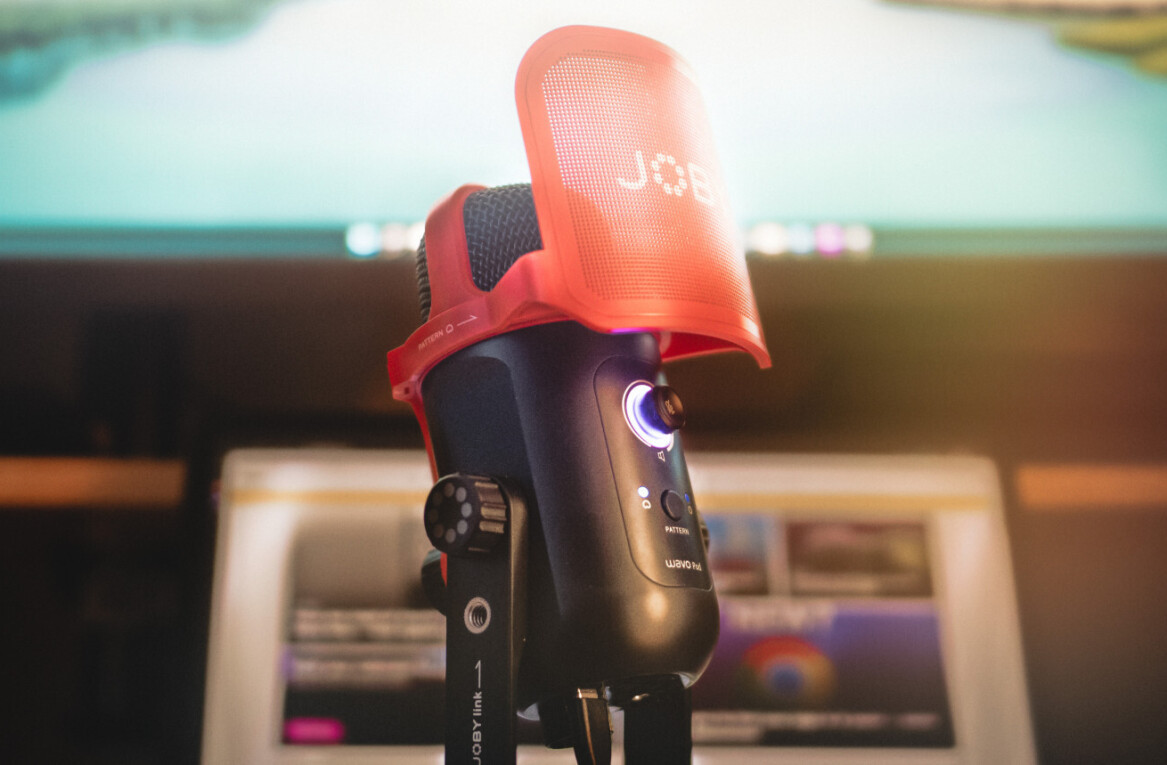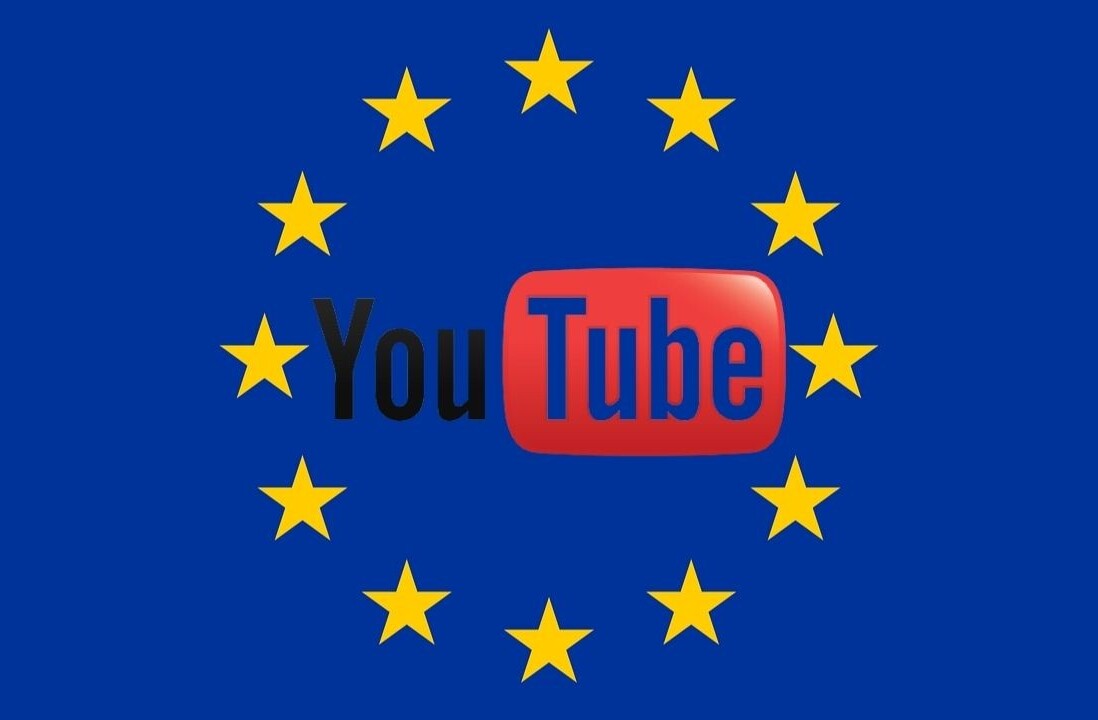
 After several years resisting YouTube in the classroom, UK schools are now investing in a filter to allow pupils to access the video-sharing service.
After several years resisting YouTube in the classroom, UK schools are now investing in a filter to allow pupils to access the video-sharing service.
Fear of exposing pupils to violent or sexual content has, for several years, meant that most UK schools have routinely blocked access to YouTube.
However, this ban has prevented teaching staff and students from accessing the increasing amounts of valid educational content now hosted by the service.
In response, The Times reports that schools across the country are now preparing to invest in the Bloxx Media Filter which performs live analysis of web content in order to strip out potentially questionable material. For YouTube content, this is also likely to mean the removal of comments and lists of recommended videos.
It’s believed that many schools and local authorities are already in advanced talks to install the software, with costs said to range from £2,500 to £10,000 depending on the number of computers involved.
The move has already attracted criticism from the TaxPayers’ Alliance which suggests that the costs for filtering content from a single site, i.e. YouTube, is excessive, although he Bloxx filter can be applied across all web content.
The Times spoke to David Mitchell, a Head Teacher from Bolton, the first local authority to install Bloxx who commented:
“This will give a big range of tools to help teach the children, to reach those who learn visually in the class,” he said. “It is the comments underneath [the videos] that are disturbing and people are using undesirable language that we don’t want the children to see. But if you can watch them without that then there is a vast resource . . . that you can use to describe a scene or start a debate.”
Elsewhere, teachers are planning to incorporate YouTube content into the curriculum in a variety of ways, including the opportunity to experience science experiments too complex or dangerous to be attempted in the classroom.
October 2009 saw the launch of YouTube Edu, the service’s education portal, which opened up access for those in higher education in several European countries including France, Italy, Netherlands, Russia, Spain and the United Kingdom. YouTube Edu acts as a portal for University content with users able to select videos by subject and language. (The US version launched in March 2009).
Now, the use of filtering to extend YouTube’s reach into primary and secondary school classrooms might lay the foundations for a more extensive education portal across Europe.
Get the TNW newsletter
Get the most important tech news in your inbox each week.




